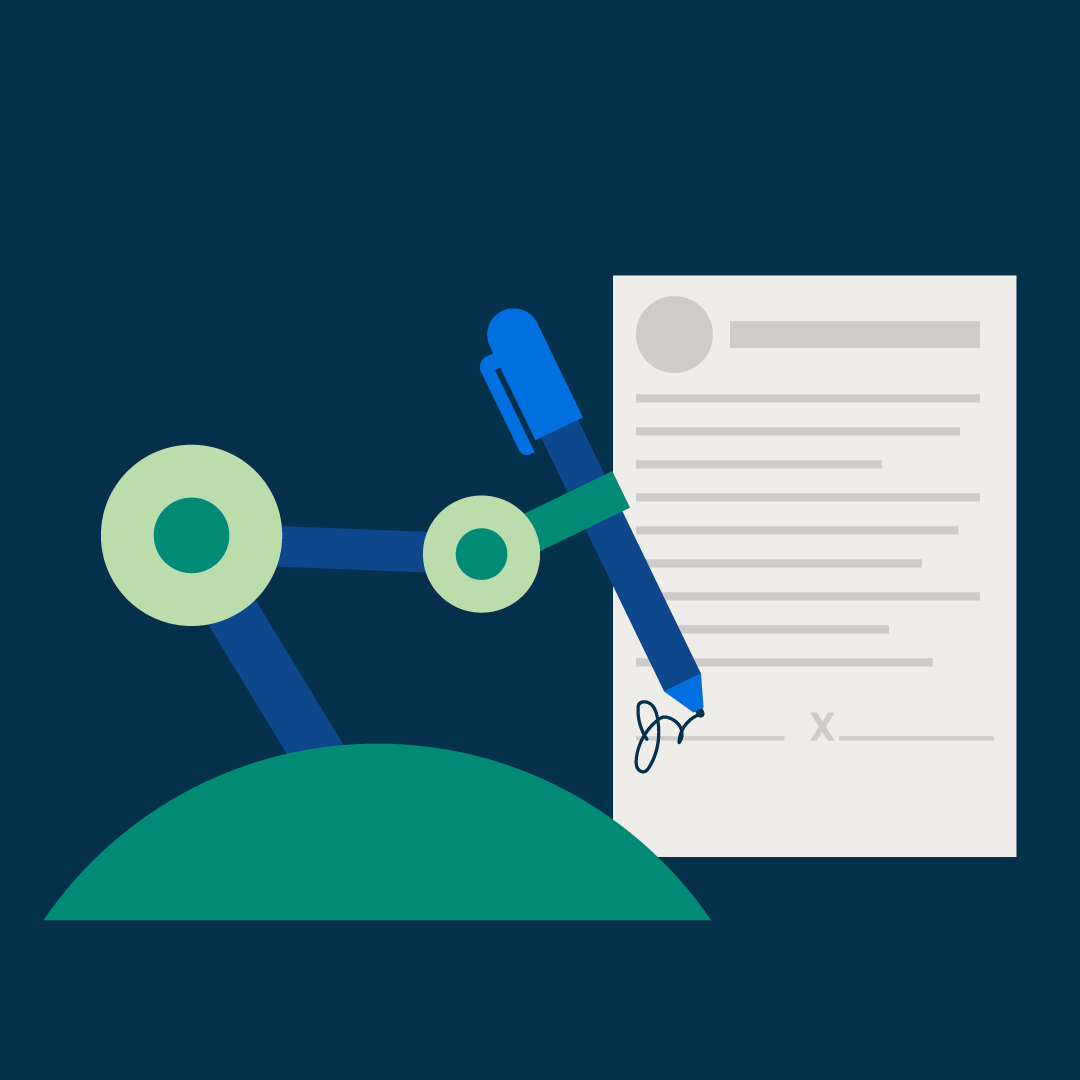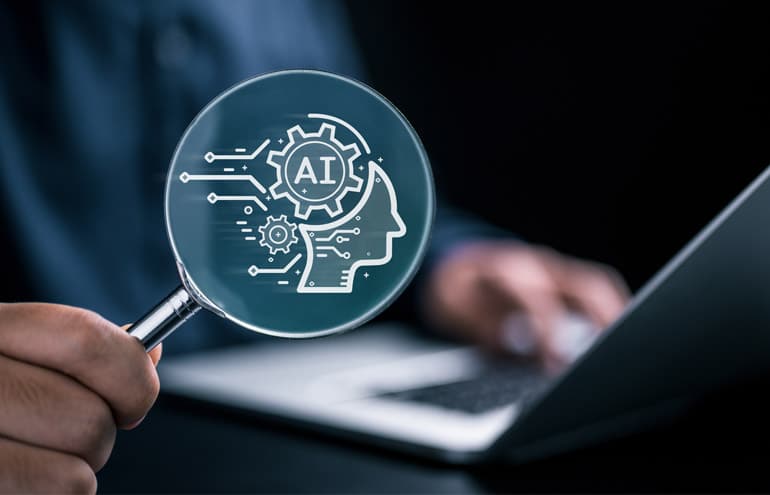Particular injury techniques run on detail, pace, and trust. Cases bunch up. Evidence changes hands. Deadlines strategy fast. The medical summaries for law firms can help you cut through the noise, minimize administrative pull, and concentration on what wins instances: technique and advocacy. In this information, you'll understand precisely how to apply AI across intake, study, creating, finding, and client service—therefore you can produce better outcomes with fewer bottlenecks.

Build a high-converting absorption pipe
Intake is where you set the tone. AI-powered types and triage systems can report leads based on injury type, location, and potential value, then path competent matters to your team. For firms that obtain high contact volume, speech-to-text engineering turns recorded calls into searchable transcripts within minutes. That makes it easy to examine details, hole red banners, and develop a obvious event summary before the first consult.
Idea: Develop standardized intake prompts—date, responsibility facts, medical treatment to date, insurance info. Prepare your AI associate on this template therefore every transcript becomes a organized absorption record automatically.
Increase evidence collection and case developing
Time eliminates value in PI. Use computer vision to analyze pictures of accident scenes or faulty products and services for affect sides, skid marks, or missing protection features. Combine that with OCR to remove knowledge from authorities reports, medical files, and invoices. With all documents digitized, AI can surface inconsistencies between experience claims and records, supporting you spot causation spaces early.
Case: Following publishing ER records and imaging reports, set principles to hole terms like previous damage, degenerative, or non-compliant with therapy. Early signals guide your strategy and customer coaching.
Draft stronger need packages in less time
Well-structured requirements pay dividends. Use AI to assemble a chronology from files, estimate packages, and place jurisdiction-specific citations from your own brief bank. You may then custom annoying factors—pain degrees, missed work, potential care—applying client-specific information as opposed to common narratives.
Hint: Construct a checklist for your associate to validate every addition: billing ledger, CPT rules, proof of lost wages, pictures, treatment plan. Consistency increases standing with adjusters.
Tame finding and deposition preparation
Discovery swallows time. Let AI chaos documents by theme—liability, problems, coverage— and auto-summarize extended manufacturing sets. For depositions, make question traces associated with documents, with page–line citations pulled from transcripts. You stay in get a handle on, while the system grips the heavy lifting.
Case: Give the process prior depo transcripts and question for impeachment options tagged to exhibits. You'll enter the room with targeted lines of questioning ready.
Monitor deadlines and submission confidently
Missed deadlines are malpractice risk. Calendar automation driven by concept pieces can estimate response days, SOLs, and specialist disclosure cutoffs centered on processing events. Pair that with alert tiers—mail at 14 days, SMS at 3 times, app notice day-of—to ensure nothing slips.
Suggestion: Run a regular chance record that lists matters with incomplete files, unsigned authorizations, or delayed company requests. Close gaps before they become delays.
Lift client communication and satisfaction
Clients need clarity. AI-driven message can change legal changes in to basic language and multilingual summaries. Emotion evaluation helps you identify disappointment early and part of with your own call. Computerized check-ins following key milestones— MRI planned, demand delivered, mediation set—reduce inbound status calls and build trust.
Example: Following giving a demand, routine a client-facing overview explaining timelines, possible next steps, and common settlement patterns. Visibility reduces panic and increases reviews.
Monitor performance to remain forward
Knowledge turns guesses in to strategy. Use AI dashboards to imagine period time from consumption to demand, average provide vs. settlement by company, and write-down prices by provider. Spot which spots settle quicker, which adjusters undervalue particular statements, and wherever bottlenecks occur.
Suggestion: Set quarterly benchmarks—days to documents, time and energy to demand, settlement-to-offer ratios— and let one's body alert you when metrics drift.

Streamlining a PI training isn't about replacing lawyers; it's about eliminating friction from everything around the lawyering. Begin by automating one workflow—absorption summaries or demand assembly—then increase to discovery and communications. The compounding impact is true: faster files, solution instances, and more time to advocate. If you are willing to modernize your exercise, map one method nowadays and put in the AI support to produce it effortless.
